الجرار الكانوبية بتمبس

We were lucky to find a set of four inscribed ceramic canopic jars at the back of an 18th Dynasty tomb chamber, along with other pottery vessels. Ancient tomb robbers had apparently broken each in their search for valuables, but canopic jars were used to hold the separately embalmed internal organs of the deceased who had undergone the most elaborate form of mummification. The inscription on each vessel invokes the protection and blessing of one of the four Sons of Horus, Imsety for the liver, Hapy for the lungs, Duamutef for the Stomach and Kebehsenuef for the intestines. Although the practice of evisceration is often thought of as a standard part of mummification, the practice was rare in the New Kingdom, and highly correlated with the elite, although by no means ubiquitous even among them. Ceramic canopic jars were a cheaper alternative to the use of alabaster, although the appearance of canopic jars at all indicates the high status of the primary tomb owner in Tombos’ society. We also found stoppers for all of the jars decorated with human faces, as was the case for canopic jars in the New Kingdom. Later on, the stoppers assumed human and animal forms connected with the four deities—human for Imsety, baboon for Hapy, jackal for Duamutef and falcon for Kebehsenuef.
لقد حالفنا الحظ عندما عثرنا علي أربعة من الجرار الكانوبية المصنوعة من الفخار عند نهاية غرفة الدفن لمقبرة أرّخت للأسرة 18 المصرية مع بعض الآنية الفخارية. و من الواضح أن لصوص المقابر قديماً حطموها جميعاً بحثاً عن أشياء قيّمة، و لكن جرار الكانوبي أًستخدمت لحفظ الاعضاء الداخلية المحنطة للمتوفين الذين مروا عبر عملية تحنيط غاية في الدقة و الإتقان. النقوش علي كل اناء عبارة عن توسل لأحد أبناء حورس الأربعة من أجل الحماية و البركات فنجد أن ألاله إمستي للكبد و حابي للرئتين و دواموتيف للبطن بينما كبهنسونويف للأمعاء. علي الرغم من الإعتقاد السائد آنذاك أن ممارسة عادة نزع الأحشاء هي جزء من مقاييس و كمال عملية التحنيط و كانت نادرةً و مرتبطة بالطبقة العليا في المجتمع خلال المملكة المصرية الحديثة ألا انها لم تكن واسعة الإنتشار حتي بينهم. علي الرغم من أن آنية الكانوبي الفخارية عبارة عن بديل رخيص للمرمر المستخدم في تصنيعها إلا أن ظهورها يشير الي المكانة العالية لأصحاب المقابر الرئيسية في مجتمع تمبس. وجدنا سدادة لكل الجرار مزخرفة بأوجه بشرية كما هو الحال لكل الجرار الكانوبية خلال المملكة المصرية الحديثة. و لاحقاً اعتقد الباحثين أن هذه السدادات عبارة عن أشكال بشرية و حيوانية متصلة بالآلهة الأربعة – فالانسان يمثل الأله أيمستي و قرد البابون الإله حابي و أبن آوي الأله دواميوتيف و النسر يمثل الاله لكابنهوسن




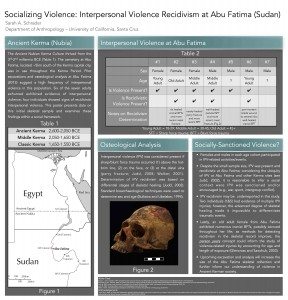
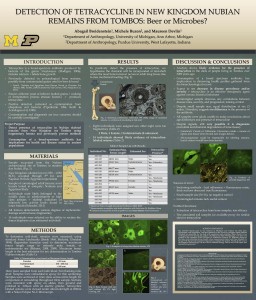



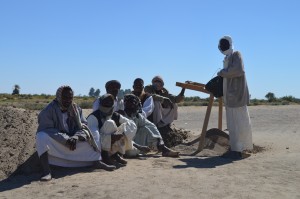
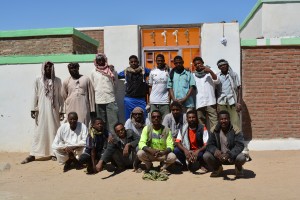
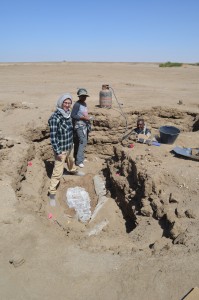
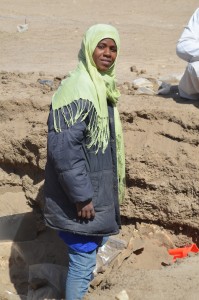
Recent Comments